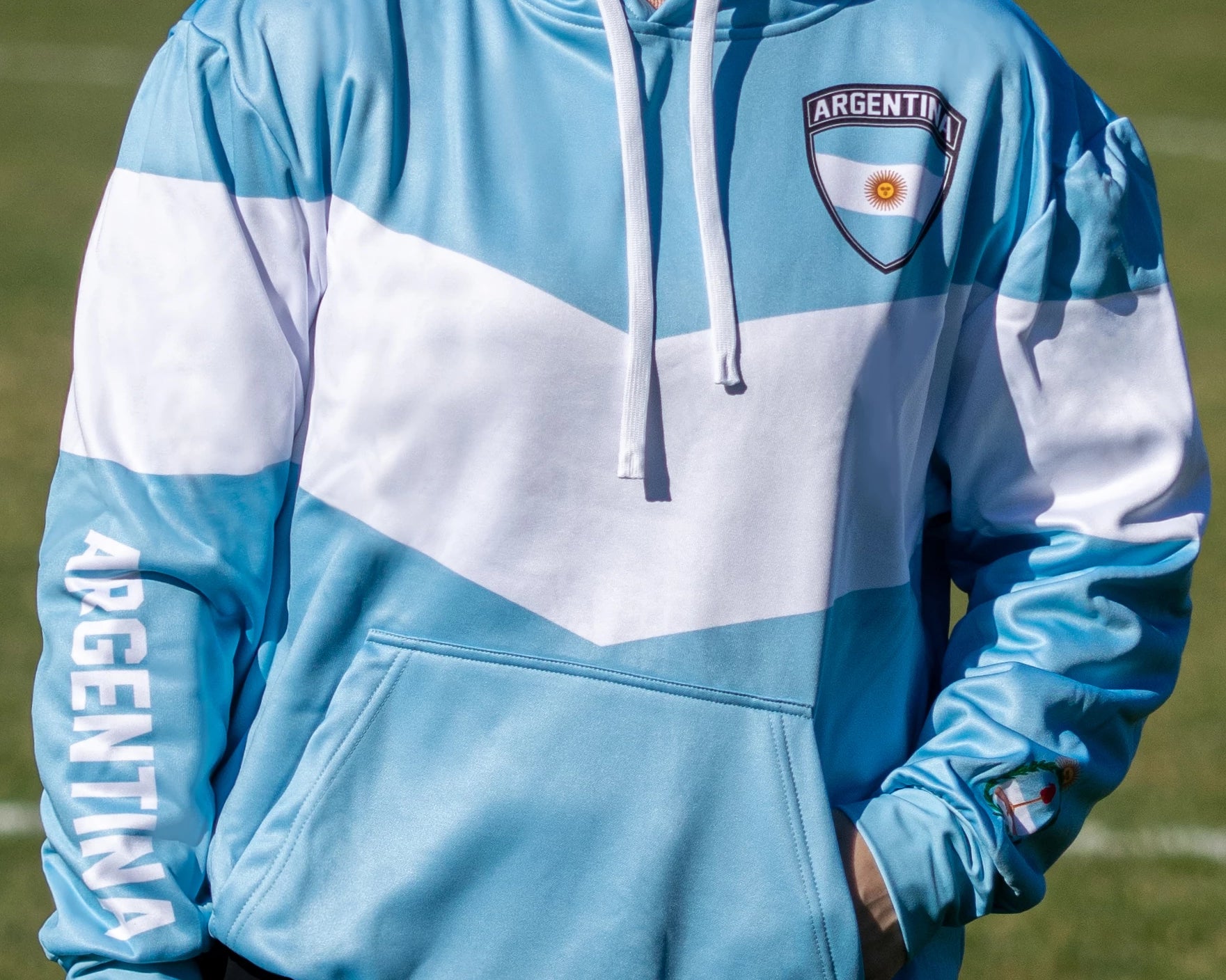How Much Running Should Soccer Players Do In Training?

You don’t have to be a pro to train like the pros! If you’re new to the world of soccer, or are just curious about how professional soccer players train, you might wonder how much running it takes to keep up with icons like Messi or Ronaldo. Soccer players are some of the fastest athletes in the world, and their training regimens are designed to boost their endurance, speed, agility, and movement with the ball.
The game requires players to be in constant motion, but they're not just running up and down the field in a straight line over a 90-minute match. The movement involved is a mix of sprinting, jogging and changing direction constantly. That demands high levels of stamina and speed to achieve, which is why running plays such a crucial role in training. Let’s explore how much running soccer players should do in training and why it’s considered a necessity by coaches!
The Science Behind Running in Soccer

Soccer is one of the most physically demanding sports in the world. In a single match, soccer players can run over 5 miles. But it’s not just about skill, it’s about having the stamina to keep moving. Let’s break down the science behind running and how the body works hard to keep up with the non-stop sprints and direction changes.
Energy Systems
In soccer, you’re not just running at one steady pace like you would during a marathon, you’re constantly changing speed and direction. This back-and-forth running is fueled by a mix of three energy systems. All three systems work together to some degree, but depending on the activity, some may work harder than others. Soccer training is designed to strengthen these three systems so players can perform their best:
- Phosphagen System
The Phosphagen System gives us quick energy for short-term high-intensity activities like sprinting, making a powerful kick, or attempting to keep possession of the ball.
- Aerobic System
The Aerobic System provides energy for long and slow activities, like when a player is jogging, walking, or recovering between playing.
- Glycolytic System
The Glycolytic System takes over for high intensity exercises that last up to a minute, like making a long run with the ball.
Fast vs. Slow Muscle Fibers
Another huge part of running when it comes to soccer involves muscle fibers. Our muscles are made up of two main types:
- Fast Twitch
Fast twitch fibers are bigger than slow twitch muscle fibers and are built for high force. They help with powerful activities like quick sprints, jumps, and shooting for the goal, but they get tired faster. The most elite sprinters in the game likely have strong genetics when it comes to fast twitch muscle fibers.
- Slow Twitch
Slow twitch fibers are centered around endurance. They’re strong in long distance runners and can move at a steady pace for a long period of time without tiring. The only downside is they’re unable to generate a significant amount of force.
How To Train Like the Pros

Incorporating running into your training routine is more complex than just running on the treadmill. Coaches often tailor training sessions to the specific needs of the team and individual players. This personalized approach makes sure each player develops endurance, speed, skill and tactical understanding.
The amount and intensity of running in soccer training vary significantly depending on whether it's the pre-season or the competitive season. In pre-season, players tend to do more intense running exercises to build the endurance they’ll need to make it through the season. For in-season training, players will focus more on maintenance and avoiding overexertion. Here are some running exercises that should be included in your soccer training:
Distance Running
Distance running typically ranges between three to five miles per session and is considered a staple for many players and trainers. It not only builds stamina but also aids in recovery, ensuring players can maintain a high level of play throughout the whole match.
High-Intensity Interval Training (HIIT)
The HIIT method involves alternating between high-speed running and rest or light activity. The sprints may last from a few seconds to a couple of minutes, depending on the focus of the session. HIIT is crucial for speed, chasing the ball, breaking away from defenders, or closing down opponents.
Drills Involving Running
Many drills involve running and improving technical skills. Drills like dribbling through cones or performing turns improve ball mastery. There are also drills that work to improve shooting and passing like sprinting into a space to receive a pass, or small-sided games that mimic real match scenarios.
At Home Training Ideas

Not all running happens on a field. You can also do these at-home alternatives to train like a soccer player:
Sprint Intervals
If you enjoy going for a daily run, start incorporating sprint intervals, hill intervals, and stair intervals into your run. Do intervals at a 1:2, 1:3, 1:4, or 1:5 ratio of high intensity work to mimic the work to rest ratio in a match. Always cool down with a slow walk followed by functional stretching.
Cycling Intervals
Cycling is a great way to condition yourself for soccer as well as improve strength and power. Additionally, pedaling strengthens muscles around knee joints that could result in fewer knee injuries. Sprint up hills and to landmarks (5-20 seconds each) mixed in with moderate and low intensity riding and even coasting. Always cool down with a slow ride followed by functional stretching.
Backyard Speed and Agility Course
No cones, ladders, or special equipment? No problem! Get everything you can find in the garage, basement storage, or kids’ playroom to assemble a one-of-a-kind course. Incorporate activities like sprinting, lateral moves, climb overs, crawl unders, and hurdles for building speed and power in a fun way!
Now that you know how crucial running is when it comes to soccer training and have a better idea of how much running you should be doing regularly, it’s time to create your own training routine! Whether you’re an aspiring pro or are just curious about how the game works, understanding how players train can help you appreciate the demands of the sport. So next time you’re watching a long match, keep in mind just how much stamina each player needs to keep moving!
- Tags: LIFESTYLE
0 comments













